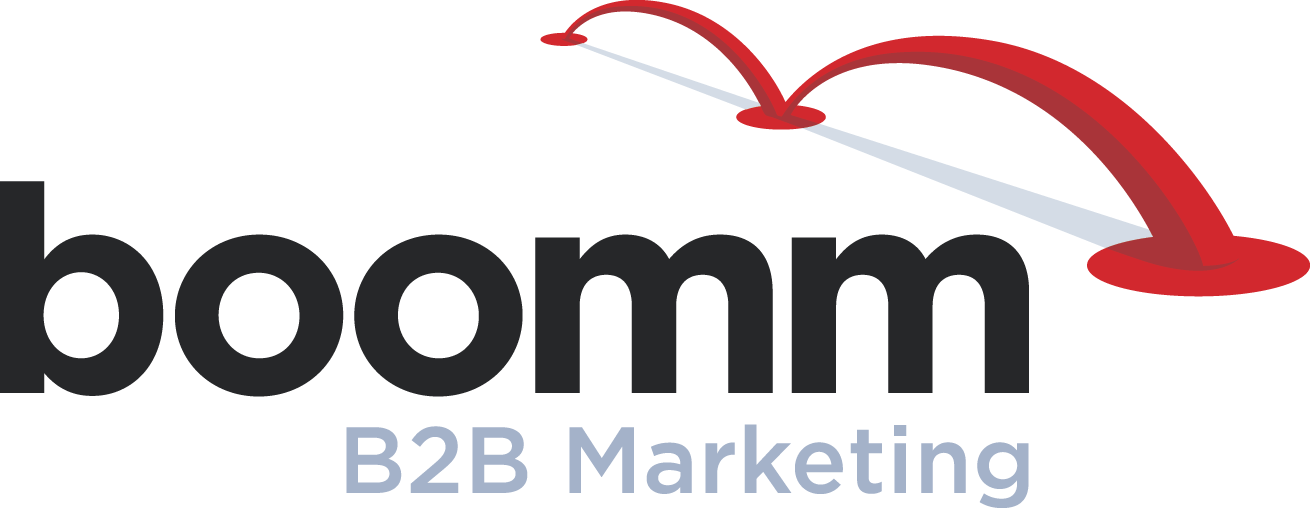Four Business Blogging Best Practices
Boomm knows that business blogging can be challenging and time-consuming, and we’d like to help. So we’ve launched a new ebook, “Introduction to Business Blogging,” all about generating, optimizing and promoting blog content. This blog post, and the others in the series, are just a sample of what you’ll find in the ebook. Download it here!
Blogs are all around us online, so when starting or growing a business blog, it might seem like a great idea to mimic the best practices of a successful or popular blog. But while blogging inspiration can be found anywhere, business blogs have different goals than blogs that provide entertainment or news. While sites like Gawker and Buzzfeed are aiming to generate the most clicks and impressions, business blogs want to generate leads. Reaching the goal of greater lead generation means a whole different set of blogging best practices for business blogs. Here are four important ways that you can set your business blog up for greater success:
- Think of yourself as a vertically integrated publisher. Your work on a business blog should go beyond just writing the posts and putting them online. Not only do you need to create content, you also need to figure out how to best publicize that content, as well as defining and managing advertising opportunities. If you think of your job as primarily content generation, these other things will feel like extras that you can let slide without any consequences—but they are crucial to lead generation. Considering yourself a vertically integrated publisher can help you balance the responsibilities of content generation, promotion, and optimization.
- Build traffic through non-branded keyword content. Readers don’t come to your blog to hear about how wonderful your products are—they come to learn new information or have a question answered. This seems like a setback for lead generation and attracting new customers, but it is actually a great opportunity. You can build traffic
 to your blog by writing posts about common industry issues and questions, and optimizing them for non-branded keywords. Non-branded keywords are words that have to do with general industry practices or products (“business blogging,” “sheetrock,” etc.) Someone who might not know your company exists—and therefore who would never search for its name—could stumble on your blog when trying to answer a question if your posts are built around non-branded keywords. What makes it an even better blogging best practice: It’s not only a great way to increase search traffic, it also generates higher-quality prospects because it attracts motivated readers.
to your blog by writing posts about common industry issues and questions, and optimizing them for non-branded keywords. Non-branded keywords are words that have to do with general industry practices or products (“business blogging,” “sheetrock,” etc.) Someone who might not know your company exists—and therefore who would never search for its name—could stumble on your blog when trying to answer a question if your posts are built around non-branded keywords. What makes it an even better blogging best practice: It’s not only a great way to increase search traffic, it also generates higher-quality prospects because it attracts motivated readers. - Connect your blog with your website. Of course, any optimization in the blog posts themselves will only go so far if your blog is not connected to your website. Use a subdomain (blog.companyname.com) or a page (companyname.com/blog) on your website to host your blog. This way, customers and prospects can easily access more information about what your company does if they like what they read on your blog. It’s also important to make sure that readers can easily find and access information on the rest of your website when they are on the blog page, whether through a header, a clear side navigation bar, or some other means. And don’t forget to link your blog with the rest of your digital brand by sharing your posts on your company’s social networks.
- Don’t forget to ask your readers themselves what they want. It’s very easy to get caught up in what you think would make an interesting blog post and never reach out to your audience to see what they think. Conduct a survey on your business blog to get clear feedback from your readers. Ask them what kind of topics they are interested in, what kind of content they prefer, and leave a space for them to add any other feedback they might have for your blog. Then use those results to make your blog even more helpful and interesting to your audience.
Achieving your business blogging goals doesn’t have to be confusing. Using these blogging best practices will help your blog continue to grow its audience and increase its lead generation potential.
Want more tips on creating and maintaining a successful business blog? Don’t forget to check out our other posts in the series: “The Key Characteristics of a Best-in-Class Business Blog” and “5 Tips For Generating Business Blogging Content.”



